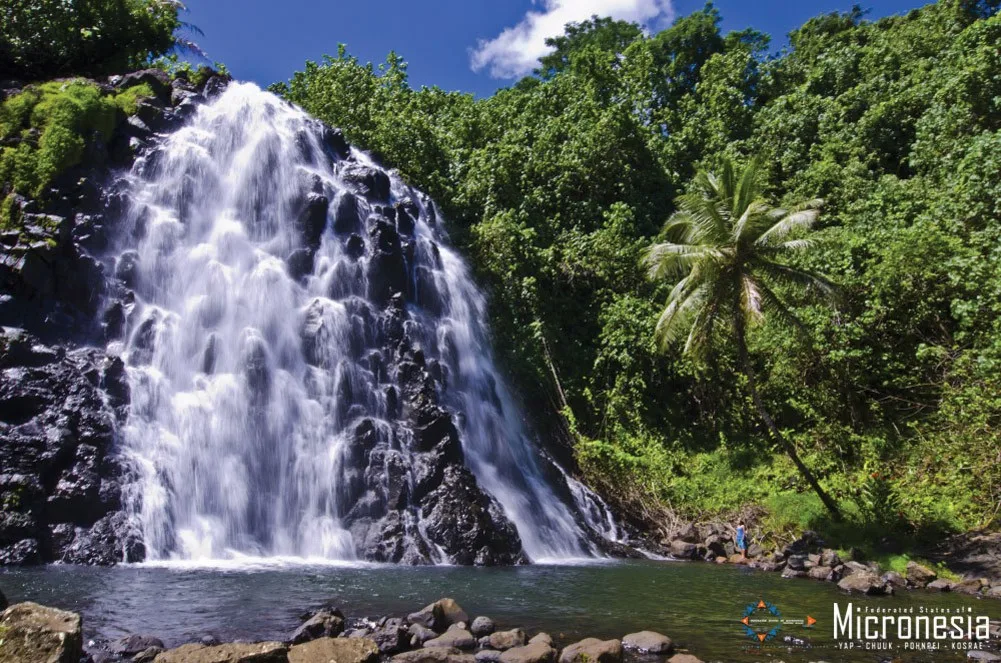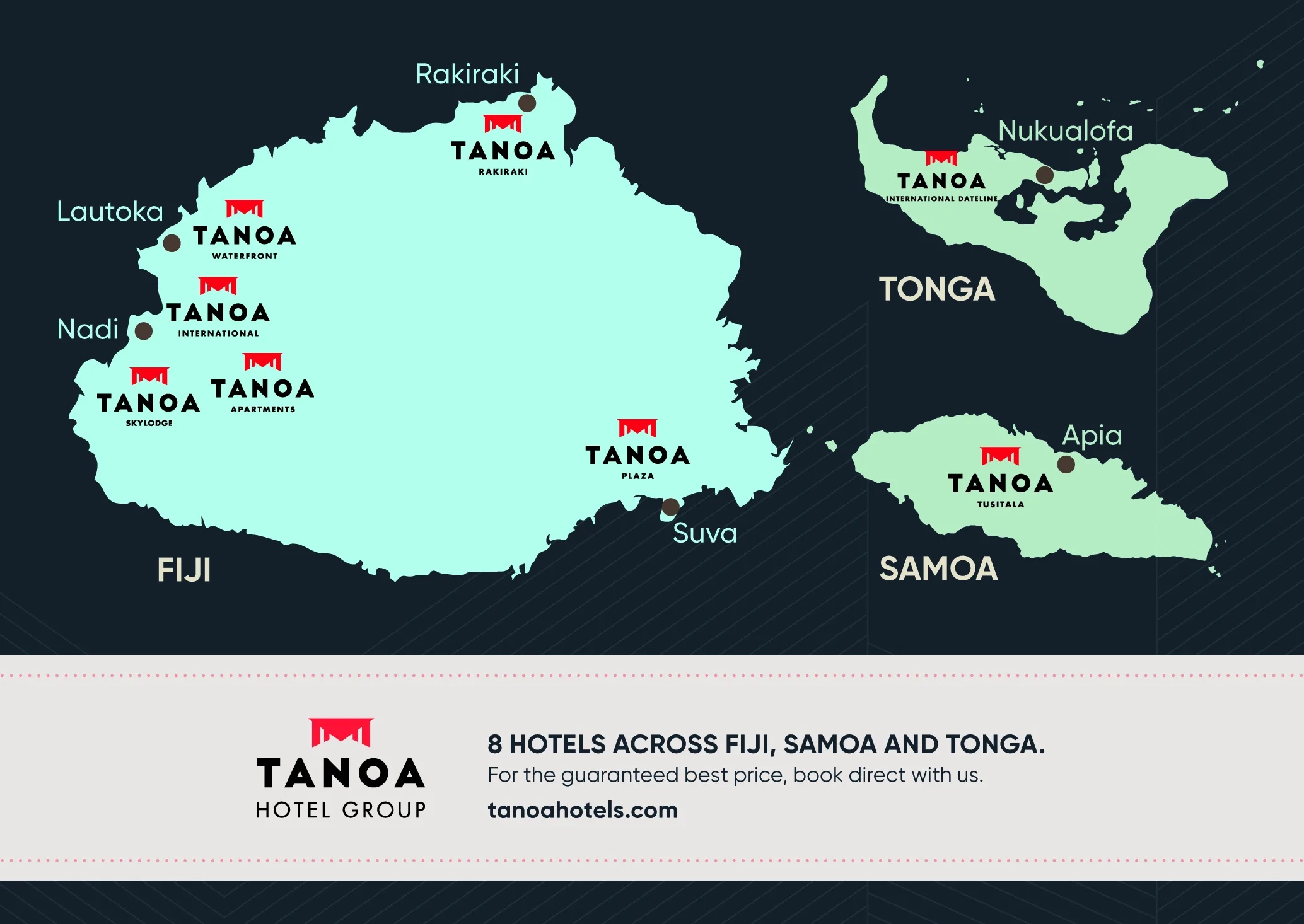Situated in the northwestern Pacific, it is 880 meters high, 21 kilometers wide and shaped somewhat like a circular tent. Also known as the garden island of Micronesia, its boldest landmarks are Sokehs Rock and Nan Madol.
Nan Madol is an ancient stone city built on the tidal flats of the eastern part of Pohnpei. There are approximately 100 artificial islets constructed of basalt logs of various sizes up to 70 tons each – making Nan Madol the largest and one of the most mysterious archaeological sites in the Pacific.
The first European to visit the island group was Spaniard Diego de Rocha in 1526. The islands were originally called the New Philippines until 1696 when they were renamed the Caroline Islands. Occupied by Spain, Germany, Japan and the USA, Pohnpei experienced 100 years of a foreign rule because it proved to be an ideal supply stop for the Pacific expeditions.
Pohnpeian is the native language, however; both English and Pohnpeian are used in business.
Archaeologists and engineers are attempting to discover more about the race which constructed the island city of Nan Madol. The stone fortress was built on a reef south-east of Temwen Island by the rulers of Pohnpei around 500 AD until it was taken over by Isokelekel, the warrior who installed the present traditional system in the 1520s.





